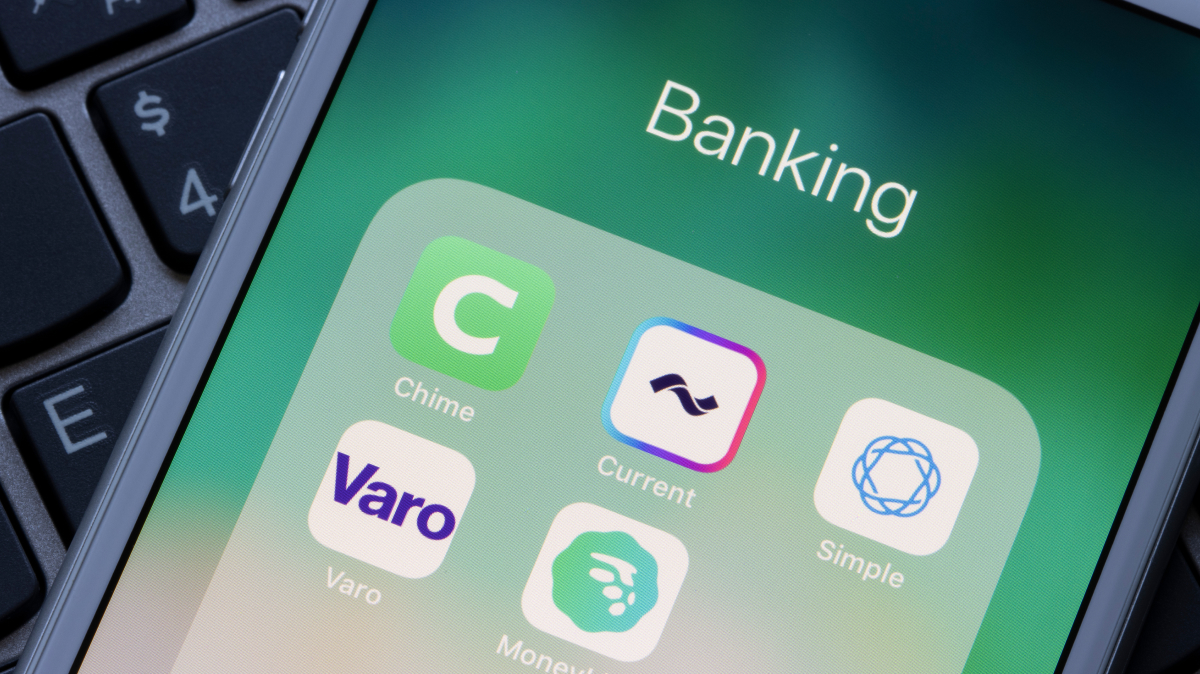In today’s fast-paced business environment, securing and maintaining relationships with large enterprise clients is crucial for revenue growth. However, processing their payments poses significant challenges, especially as transaction complexities and amounts
increase.
Traditional payment methods like paper checks often lead to delays and inefficiencies, making the shift to digital B2B payments a necessity.
As we advance through 2024, the digital B2B payment landscape continues to evolve rapidly, offering both opportunities and challenges. The global digital payments market is expected
to reach $10.64 trillion this year, underscoring the importance for businesses to stay updated on trends, benefits, and potential obstacles in this domain.

The Current State of Digital B2B Payments
The adoption of digital B2B payments has been steadily rising, with more businesses recognizing their advantages over traditional methods. In 2023,
ACH payments and checks were the most used methods, but 2024 is set to see a surge in mobile B2B payments. Methods such as wire transfers, digital payment services, virtual and commercial credit
cards, and e-checks are becoming integral to daily operations.
In the U.S., the mobile payment market is projected to grow from
$53.5 billion in 2022 to over $607.9 billion by 2030. While mobile payments are predicted to account for 79% of all digital transactions by 2025, they currently make up only
5% of online transactions. According to the
Association for Financial Professionals, 82% of companies used some form of digital payment for B2B transactions in 2023, up from 65% in 2020.

Benefits of Digital B2B Payments
Digital B2B payments offer several benefits:
- Increased efficiency and streamlined processes
- Reduced transaction costs and improved cash flow management
- Enhanced security and fraud prevention measures
- Improved data tracking and reconciliation
- Faster payment processing and quicker access to funds
Challenges and Barriers to Adoption
Despite their benefits, businesses face several challenges in adopting digital B2B payments:
- Integration issues with existing financial systems
- Data security and privacy concerns
- Resistance to change and lack of technical expertise
- High initial setup costs and ongoing transaction fees

Popular Digital B2B Payment Methods in 2024
-
ACH Transfers: Cost-effective and efficient, involving setting up the payment within the company’s financial system and initiating the transfer through a bank or payment provider.
-
Wire Transfers: Common in high-value, international transactions, providing immediate access to funds but posing security risks.
-
Commercial Credit Cards: Popular despite high processing fees, with potential cost reductions through surcharging or processing technology.
-
Digital Wallets and Payment Services: Platforms like PayPal, Venmo, and Apple Pay offer convenience and enhanced tracking capabilities.
-
Virtual Credit Cards: Secure and convenient, offering single-use numbers and enhanced security through tokenization and spend controls.
-
Blockchain-Based Payment Solutions: Offering faster and more secure transactions, reduced fees, increased transparency, and smart contract capabilities.

Trends in Digital B2B Payments in 2024
-
Decline of Paper Checks: Due to inefficiencies, costs, and fraud risks, businesses are moving towards digital payment solutions.
-
Growth of Split Payment Solutions: Allowing payments to be divided among multiple parties, useful for complex transactions involving various stakeholders.
-
Increased Automation: Leveraging AI and machine learning to automate tasks such as invoice processing and fraud detection, enhancing transaction accuracy and security.
Final Word
Digital B2B payments have become essential for businesses aiming to remain competitive and efficient. By understanding the current state of digital payments, exploring popular methods, and developing strategic implementation plans, companies can navigate
this crucial aspect of their financial operations successfully.
As we move further into 2024 and beyond, embracing digital
B2B payment solutions will be key to thriving in an increasingly digital world.